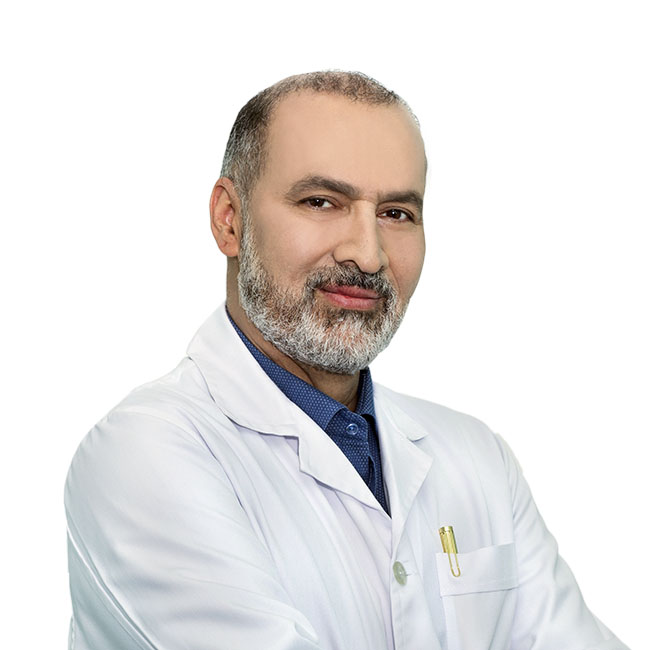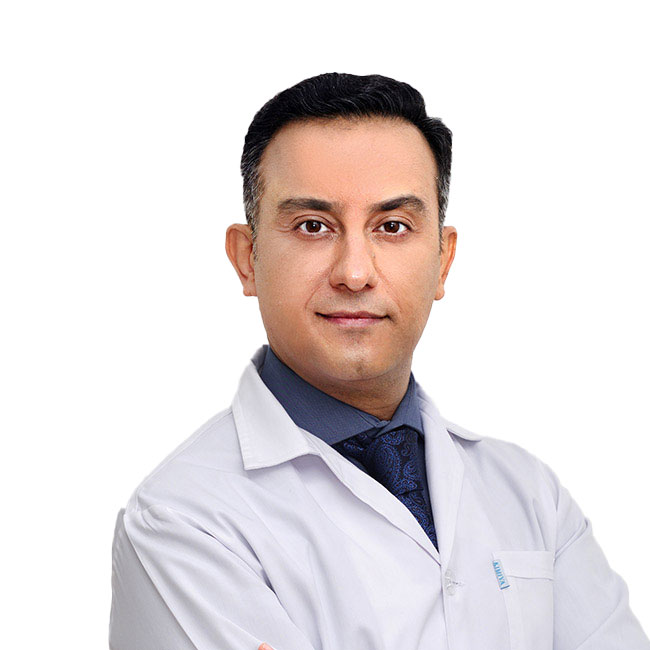PRP
PRP, also known as platelet therapy, is utilized for various applications, including hair loss treatment, hair growth enhancement after transplantation, addressing sports injuries, and managing inflammatory conditions.
PRP treatment involves extracting a small amount of blood from the patient, which is then processed in a centrifuge to separate the platelet-rich plasma from other blood components. The resulting PRP solution contains concentrated platelets, which play a crucial role in tissue repair and healing. When injected into the target area, PRP releases growth factors that stimulate collagen formation, promote the growth of new blood vessels, and support cell regeneration.
The PRP injection process generally consists of the following steps:
Blood sample collection: A small sample of the patient's blood is taken, typically around 10 to 20 milliliters.
Centrifugation: The blood sample is processed in a centrifuge to obtain the platelet-rich plasma.
Preparation for injection: The separated PRP is prepared for injection into the affected area.
Injection: Doctors may use imaging techniques like ultrasound to precisely guide the PRP injection. The PRP is then injected into the target site.
PRP treatment has shown promise in various medical conditions, including hair loss, tendon injuries (such as tennis elbow and Achilles tendonitis), acute sports injuries, and osteoarthritis. Although research is still ongoing, PRP has demonstrated effectiveness in these areas.
Prior to PRP treatment, it is essential to follow certain recommendations, such as staying well-hydrated, reducing fat intake and caffeine consumption, and consulting with the doctor regarding any medications or supplements being taken.
During the PRP procedure, which typically takes around 30 to 45 minutes, local anesthesia may be administered to minimize discomfort during the injections.
After the treatment, patients should take proper care of the treated area. Avoid touching the skin, protect it from pollution and harsh weather, and refrain from using cosmetic products immediately after the procedure. It is essential to follow post-treatment instructions to ensure optimal results and minimize potential side effects, such as bruising or redness.
In conclusion, PRP therapy is a cutting-edge, minimally invasive treatment method with various potential applications in medicine. While more research is needed to validate its effectiveness conclusively, the high efficacy and safety profile of PRP have made it a valuable option for many patients and medical professionals alike.



